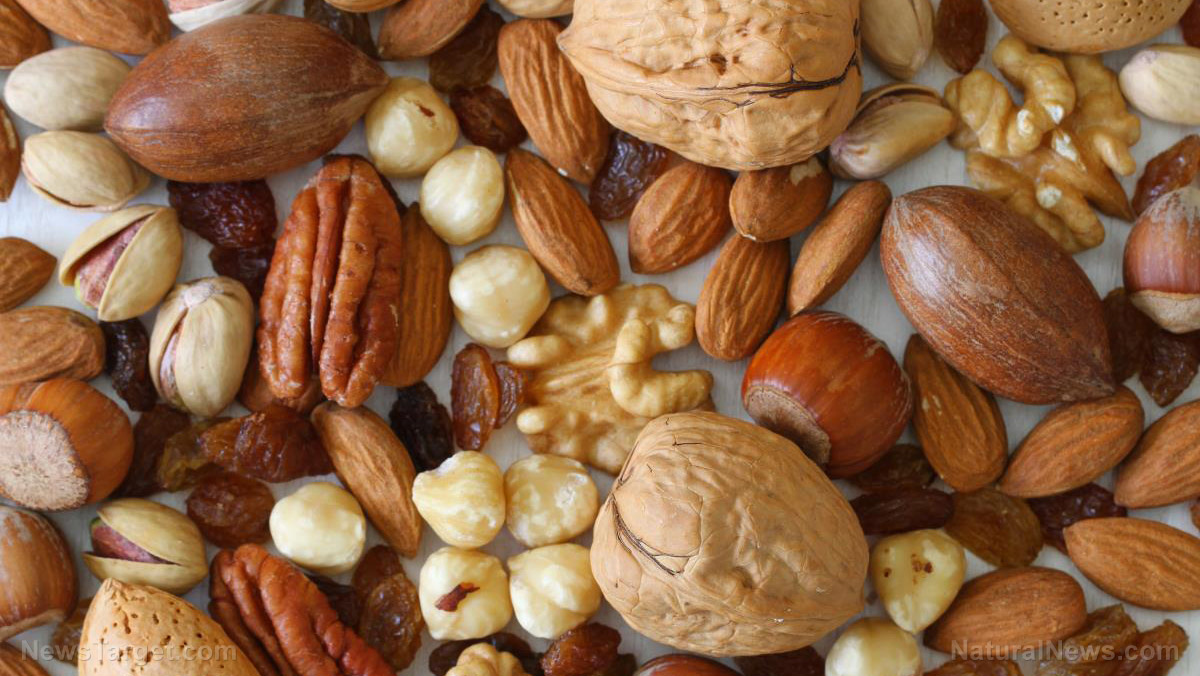Despite Health Education, Consumers Keep Buying Crappy Food
04/19/2016 / By Michael Bundrant

Consciousness about our health has come a long way from the 1970’s. People now know that there are different kinds of fat and they can now list the names of vitamins and minerals that would shock their ancestors.
Everyone is trying to be healthy, but a study from the School of Management at the University of Buffalo has found that the picture may not be so clear. Shoppers are indeed shopping for healthy food at a rate that they have not done before, but they are also slipping in a fair amount of goodies, treats, and other foods that are not as healthy.
What gives?
Despite the statements that people give affirming their desire to eat healthier foods, the reality shows that they end up purchasing foods that are less healthy. They know these foods are less healthy too.
First, the parameters by which they choose the healthier food are violated when they select the less healthy food.
Second, they have access to and more knowledge of healthy nutrients, vitamins, and minerals than ever before.
Third, they receive indirect cues from the branding on products that are trying to appeal to the health conscious about what is considered unhealthy in a product.
Yet, the study found that every group that they investigated made these compromises on getting some unhealthy food. The differences were only in the degree to which they would compromise their statement to seek healthier foods.
The data was compiled from the reports from scanner data in over seventy major retail chain stores in the United States. Additionally, four hundred responses from surveys were analyzed by researchers as part of the study.
The aim was to discern if shoppers are consciously balancing their food selection. The level of healthiness of foods was decided using the metrics of the amount of salt, sugar, and fat in each product. Participants were divided into three groups: the most health conscious, the moderately health conscious, and the indifferent.
The major differences among the three segments came about because of price sensitivity. The group that was most health conscious had the least variation to their commitment to purchase the healthier option based on the price.
The moderately health conscious group was most likely to perform the balancing act between healthy and less healthy alternatives.
The researcher hypothesize that this is because they are more price sensitive than the most health conscious group.
The indifferent group proved to be the most price sensitive of them all. This group went for the less healthy version of products if there was a discount on them and in fact, they preferred buying these versions than the healthier ones.
Source:
https://www.sciencedaily.com/releases/2016/03/160311141800.htm
Tagged Under: weight loss




















